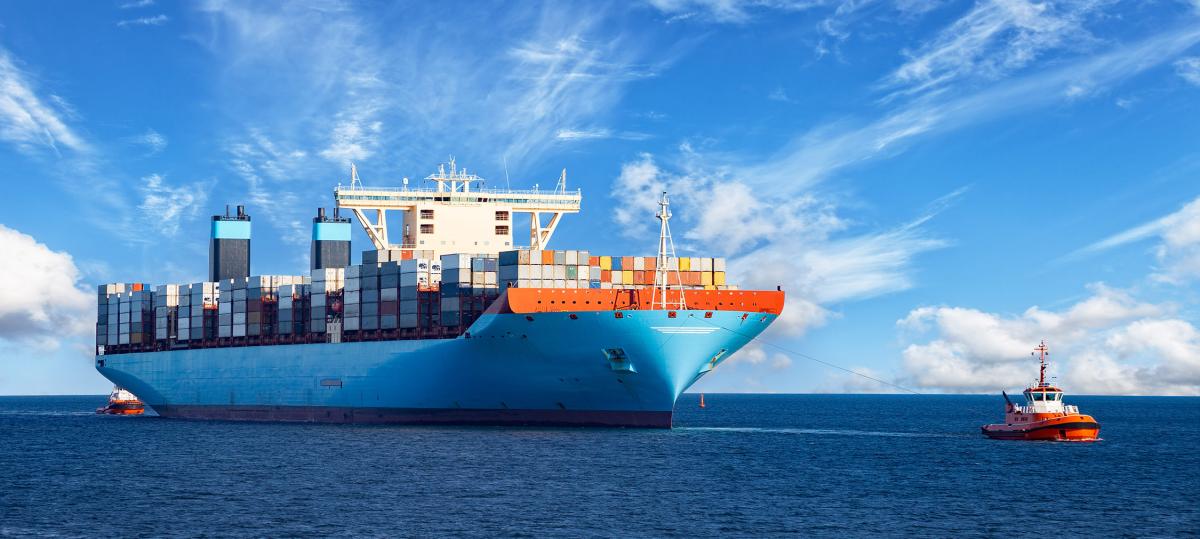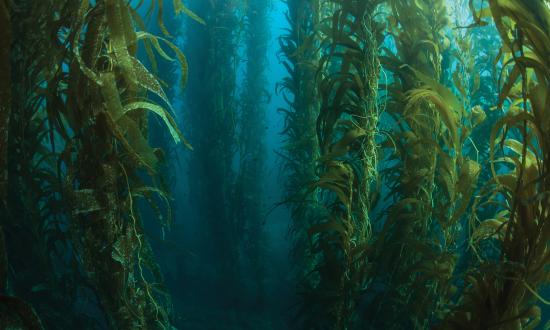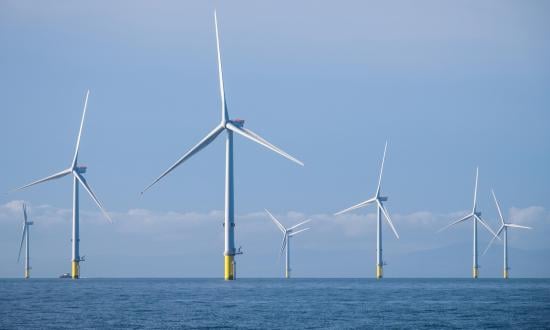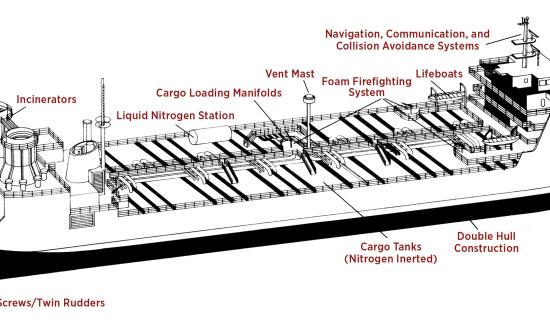The importance of the Suez Canal to global trade could not have been more visible than in the recent blockage of the 105-nautical-mile (nm) waterway by the megaship Ever Given. Today’s shortest sea route between Southeast Asia and Europe, the Suez Canal carries 12 percent of global trade. With a 20,000-container capacity and a length of more than 1,312 feet, the Ever Given is among the world’s largest ships. She was sailing from China to Rotterdam, Netherlands, northbound through the canal, when she lodged sideways, bow and stern wedged into the adjacent sandbanks. This six-day blockage delayed more than 400 ships. Other ships were sent on alternative routes, such as around the southern tip of Africa. Since there are no locks in the Suez Canal, five-foot tides play a role in changing water levels, and a high spring tide likely aided the refloating of the Ever Given on 29 March 2021.
Recent data from the Suez Canal Authority indicates more than 17,000 ship transits annually from 2011 to 2016, and during 2019, 18,880 ships making passage between the Red and Mediterranean Seas. By comparison, during 2019, 13,785 ships sailed through the six locks of the Panama Canal—the 45-nm link between the Atlantic and Pacific Oceans. These numbers highlight the global ocean connections of both canals and their significance to trade as facilitators of modern seagoing.
Considering the Ever Given incident, what alternative routes to the Suez Canal exist today and might be available in the future? Three seem plausible: a “land bridge” rail route across Eurasia from China to Europe; a ship route around the Cape of Good Hope between Asian ports and Europe; and a seasonal shipping route across the Russian maritime Arctic from the Bering Strait west to Norway.
Part of China’s Belt and Road Initiative is to create a reliable and efficient rail service across Eurasia from China to Europe. An effective rail link has yet to emerge with the needed public and private investments to fulfill this vision. Questions remain regarding the container volume that could be carried by rail, compared with the huge number of containers on board modern ships, and the competitiveness of rail versus container shipping. How such a transcontinental line would be connected to Korean, Japanese, and Southeast Asian container ports and hubs is another major challenge.
A southern route around Africa’s Cape of Good Hope has been used by ships for centuries. An example illustrating the basic marine geography at play is useful. If a container ship is sailing between a southern Chinese port to Rotterdam, the voyage would be 10,000 nm using the Suez Canal; the voyage would be 13,500 nm around the Cape of Good Hope. Depending on ship’s speed, this difference can mean 8 to 12 days additional time along the southern route. However, given a choice, select ships take the longer route either as a slow steaming strategy or to avoid Suez Canal fees. Tankers with U.S. crude exports usually avoid the Suez Canal by sailing around the Cape of Good Hope to Asia or sailing direct to European markets.
The retreat of Arctic sea ice in response to climate change, greater marine access, and potentially longer seasons of navigation have emerged throughout the Arctic Ocean. However, the Arctic Ocean remains fully or partially ice-covered in late autumn, winter, and spring. The Polar Code, an International Maritime Organization set of rules and regulations for polar ship operations, prevents most of the global fleet’s commercial ships from ever using Arctic waters.
Russia has invested heavily in making its Northern Sea Route (NSR) a “national Arctic waterway” focused on polar ships carrying Arctic natural resources to global markets. During the Suez blockage, Russia eagerly promoted the NSR for trans-Arctic navigation. Finnish polar ship designer Aker Arctic also released a new design for an ice-breaking container ship capable of carrying 8,000 boxes, a telling number that indicates size limitations for the NSR. Some agree the NSR might become a seasonal supplement to the Suez Canal, with polar ships carrying niche market cargoes, but few believe it can be a global container route.
The Suez Canal will continue to be an important international waterway for seagoing trade. Serious debate will ensue about how large ships can be to safely operate in confined waters.







